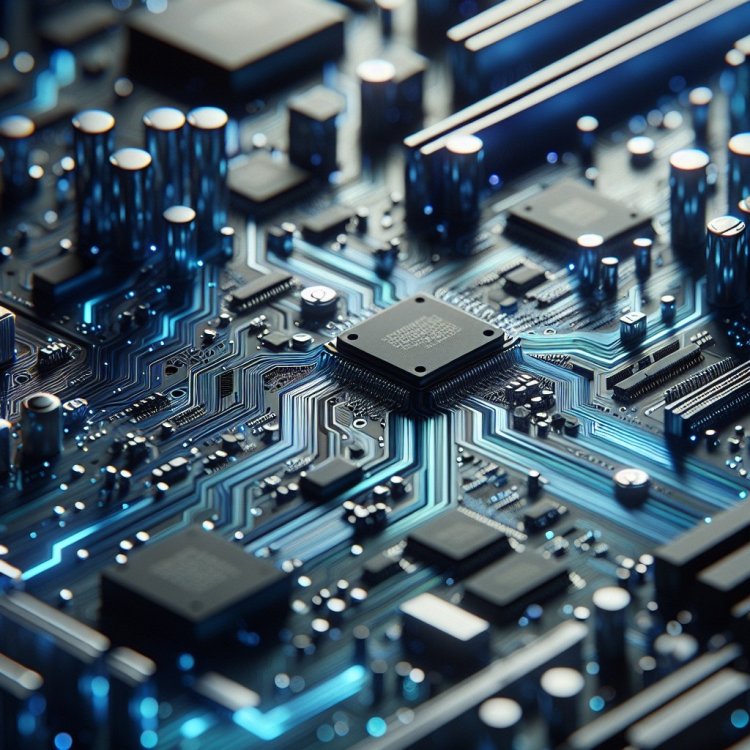3D Printing and Prototyping
3D printing allows for rapid creation of customized and complex clothing pieces, perfect for on-demand fashion and intricate designs. It also facilitates faster and more affordable prototyping.

3D printing, also known as additive manufacturing, is a process that allows for the creation of physical objects by layering material on top of each other based on a digital design. This technology has revolutionized the field of prototyping and has numerous applications across various industries.
One of the key advantages of 3D printing is its ability to quickly and cost-effectively create prototypes1. Traditional prototyping methods often involve complex and time-consuming processes, such as machining or molding. With 3D printing, a prototype can be created directly from a digital file, eliminating the need for extensive tooling or setup time. This rapid prototyping capability allows for iterative design improvements and faster product development cycles.
Another benefit of 3D printing is the ability to create complex and intricate designs that may be challenging or impossible to achieve with traditional manufacturing methods1. 3D printers can build objects layer by layer, enabling the production of intricate geometries, internal cavities, and custom shapes. This freedom in design makes 3D printing particularly valuable for creating highly customized or personalized products.
Furthermore, 3D printing reduces waste and enables a more sustainable approach to manufacturing1. Traditional manufacturing processes often generate significant waste material. In contrast, 3D printing is an additive process, meaning that only the required amount of material is used, resulting in minimal wastage. This makes 3D printing not only a cost-effective solution but also an environmentally friendly one.
In recent years, 3D printing technology has become more accessible and affordable, allowing businesses, entrepreneurs, and even individuals to utilize it for a wide range of applications. It is used in various industries, including aerospace, automotive, healthcare, architecture, and consumer goods1. With ongoing technological advancements, 3D printing capabilities continue to expand, enabling new possibilities in manufacturing and prototyping.
In summary, 3D printing offers significant advantages in prototyping by enabling rapid and cost-effective production, the ability to create complex designs, and reducing waste. Its versatility and increasing accessibility make it a valuable tool for manufacturers, designers, and innovators across different industries.
Sources:











